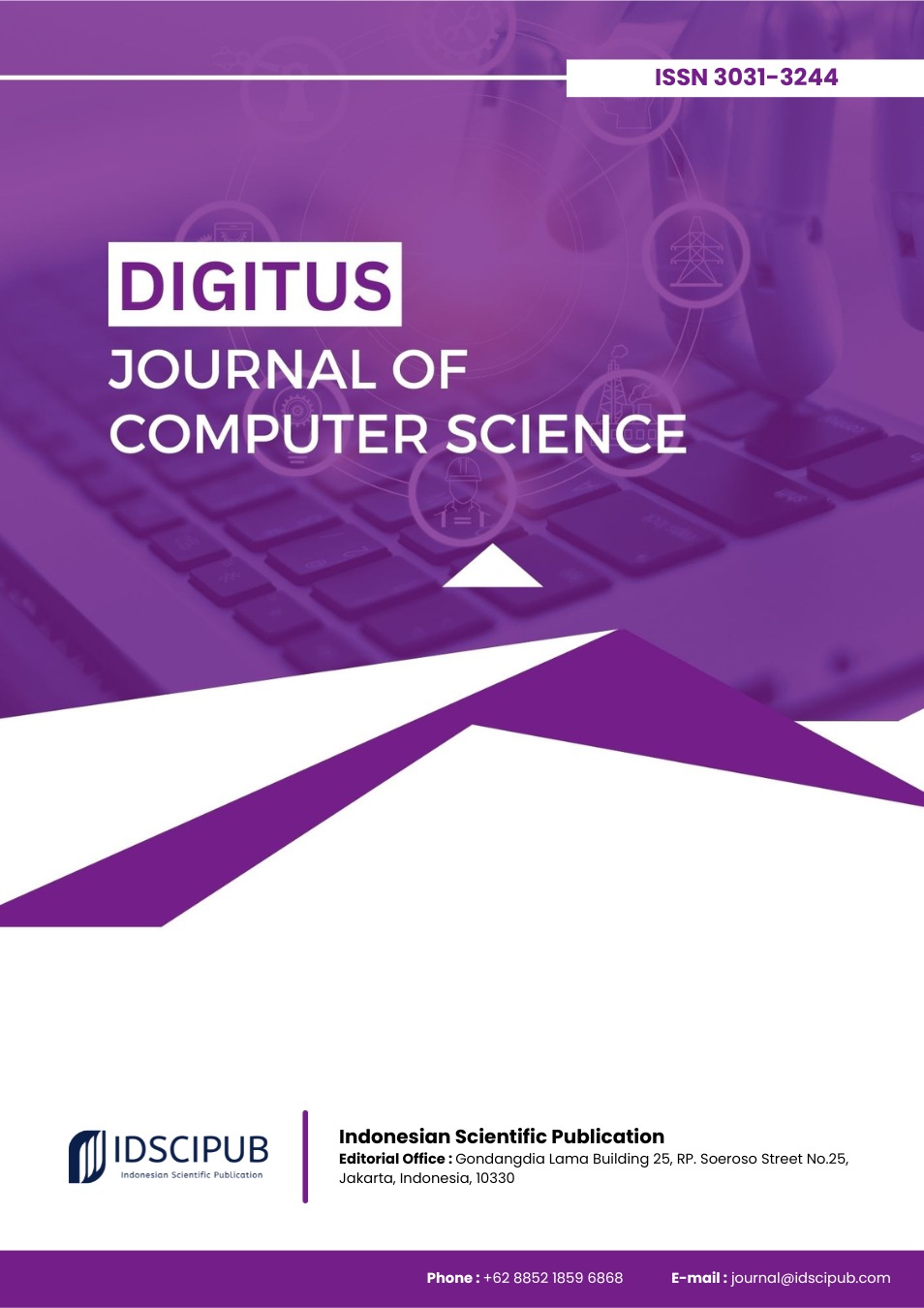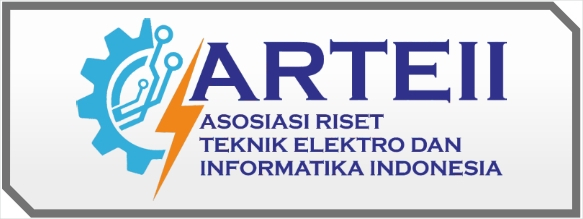Policy in Practice: A Systematic Review of WCAG 2.2 and ADA 2024 Effects on Web and Mobile Accessibility
DOI:
https://doi.org/10.61978/digitus.v3i2.957Keywords:
Digital Accessibility, WCAG 2.2, ADA Final Rule 2024, Interface Compliance, Assistive Technology, Mobile Accessibility, Inclusive DesignAbstract
Digital accessibility remains a global concern, affecting 1.3 billion people with disabilities. This study evaluates the impact of two policy changes WCAG 2.2 and the 2024 ADA Final Rule on digital interface compliance. A systematic review was conducted using PRISMA 2020 guidelines. Data were sourced from academic databases and regulatory documents spanning 2015–2024. Studies were selected based on their relevance to WCAG/ADA compliance. Quality appraisal was carried out using the Mixed Methods Appraisal Tool (MMAT), and findings were synthesized narratively across web and mobile contexts. WCAG 2.2 added success criteria to improve usability for users with cognitive, motor, and visual impairments. ADA 2024 requires U.S. public sector platforms to meet WCAG 2.1 AA, while the European Accessibility Act shows uneven implementation among member states. WebAIM’s 2024 audit revealed that 95.9% of websites still fail basic accessibility checks, and mobile platforms show even lower compliance. Common issues include poor contrast, missing alt text, and inadequate touch targets. Automated tools alone are insufficient without assistive technology validation. Over reliance on ARIA, limited developer training, and inconsistent policy enforcement persist as barriers to effective implementation. Regulatory updates represent progress but must be supplemented by education, standardized testing protocols, and user involved design practices. Sustainable accessibility requires a shift from reactive compliance to proactive inclusivity, supported by policy, pedagogy, and participatory design.
References
Albalwy, F., McDermott, J., Newman, W. G., Brass, A., & Davies, A. (2022). A Blockchain-Based Framework to Support Pharmacogenetic Data Sharing. The Pharmacogenomics Journal, 22(5–6), 264–275. https://doi.org/10.1038/s41397-022-00285-5 DOI: https://doi.org/10.1038/s41397-022-00285-5
Alsaeedi, A. (2020). Comparing Web Accessibility Evaluation Tools and Evaluating the Accessibility of Webpages: Proposed Frameworks. Information, 11(1), 40. https://doi.org/10.3390/info11010040 DOI: https://doi.org/10.3390/info11010040
Ancho, I. & Kadek Aria Prima Dewi PF. (2021). Philippine Qualifications Framework and South Korea’s New Southern Policy: Towards Quality Tech-Voc Education. Jurnal Penjaminan Mutu, 7(1), 53. https://doi.org/10.25078/jpm.v7i1.1953 DOI: https://doi.org/10.25078/jpm.v7i1.1953
Bauerly, B. C., McCord, R. F., Hulkower, R., & Pepin, D. (2019). Broadband Access as a Public Health Issue: The Role of Law in Expanding Broadband Access and Connecting Underserved Communities for Better Health Outcomes. The Journal of Law Medicine & Ethics, 47(S2), 39–42. https://doi.org/10.1177/1073110519857314 DOI: https://doi.org/10.1177/1073110519857314
Dalglish, S. L., Khalid, H., & McMahon, S. A. (2020). Document Analysis in Health Policy Research: The READ Approach. Health Policy and Planning, 35(10), 1424–1431. https://doi.org/10.1093/heapol/czaa064 DOI: https://doi.org/10.1093/heapol/czaa064
Ferri, D., & Favalli, S. (2018). Web Accessibility for People With Disabilities in the European Union: Paving the Road to Social Inclusion. Societies, 8(2), 40. https://doi.org/10.3390/soc8020040 DOI: https://doi.org/10.3390/soc8020040
Friso, F., Mendive, F., Soffiato, M., Bombardelli, V., Hesketh, A., Heinrich, M., Menghini, L., & Politi, M. (2020). Implementation of Nagoya Protocol on Access and Benefit-Sharing in Peru: Implications for Researchers. Journal of Ethnopharmacology, 259, 112885. https://doi.org/10.1016/j.jep.2020.112885 DOI: https://doi.org/10.1016/j.jep.2020.112885
Fuglerud, K. S., Tunold, S., & Kjæret, K. (2021). Social Contact for Older People With Visual Impairment Through Mastery of Smartphones: Barriers and Suggested Solutions. https://doi.org/10.3233/shti210417 DOI: https://doi.org/10.3233/SHTI210417
Haaland, M. E. S., Haukanes, H., Zulu, J. M., Moland, K. M., Michelo, C., Munakampe, M. N., & Blystad, A. (2019). Shaping the Abortion Policy – Competing Discourses on the Zambian Termination of Pregnancy Act. International Journal for Equity in Health, 18(1). https://doi.org/10.1186/s12939-018-0908-8 DOI: https://doi.org/10.1186/s12939-018-0908-8
Ji, L., Qiang, F., & Zhou, Y. (2022). Mixed‐Methods Inquiry of Socially Inclusive E‐Learning: A Policy Document Analysis and Rapid Survey Study. Social Inclusion, 10(4). https://doi.org/10.17645/si.v10i4.4901 DOI: https://doi.org/10.17645/si.v10i4.4901
Kayesa, N. K., & Shung-King, M. (2021). The Role of Document Analysis in Health Policy Analysis Studies in Low and Middle-Income Countries: Lessons for HPA Researchers From a Qualitative Systematic Review. Health Policy Open, 2, 100024. https://doi.org/10.1016/j.hpopen.2020.100024 DOI: https://doi.org/10.1016/j.hpopen.2020.100024
Li, L., & Isa, Z. M. (2023). Exploring the Effectiveness of Law Clinics in Enhancing Access to Justice for Low-Income Individuals in Malaysia. Ijssbm, 1(02). https://doi.org/10.59021/ijssbm.v1i02.45 DOI: https://doi.org/10.59021/ijssbm.v1i02.45
Maleki, M., Fallah, R., Aryankhesal, A., & Haghdoost, A. A. (2023). Reviewing the National Health Services Quality Policies and Strategies of the Iranian Health System: A Document Analysis. International Journal of Preventive Medicine, 14(1). https://doi.org/10.4103/ijpvm.ijpvm_1_22 DOI: https://doi.org/10.4103/ijpvm.ijpvm_1_22
NASWAR, N., Maskun, M., Mukarramah, N. H. A., Angi, J. C. W., & Paliling, V. E. S. (2023). Legal Protection for Environment and Coastal Community From Marine Ecosystem Degradation and Climate Change Impact. Journal of Law and Sustainable Development, 11(9), e978. https://doi.org/10.55908/sdgs.v11i9.978 DOI: https://doi.org/10.55908/sdgs.v11i9.978
O’Connell, S., Vera J. C. Mc Carthy, & Savage, E. (2018). Frameworks for Self-Management Support for Chronic Disease: A Cross-Country Comparative Document Analysis. BMC Health Services Research, 18(1). https://doi.org/10.1186/s12913-018-3387-0 DOI: https://doi.org/10.1186/s12913-018-3387-0
Pieraccini, M., Coppa, S., & Lucia, G. A. d. (2016). Beyond Marine Paper Parks? Regulation Theory to Assess and Address Environmental Non‐compliance. Aquatic Conservation Marine and Freshwater Ecosystems, 27(1), 177–196. https://doi.org/10.1002/aqc.2632 DOI: https://doi.org/10.1002/aqc.2632
Poitier, F., Kalliecharan, R. V., & Ebenso, B. (2022). Impact of Sustained Health Policy and Population-Level Interventions on Reducing the Prevalence of Obesity in the Caribbean Region: A Qualitative Study From the Bahamas. Frontiers in Public Health, 10. https://doi.org/10.3389/fpubh.2022.926672 DOI: https://doi.org/10.3389/fpubh.2022.926672





